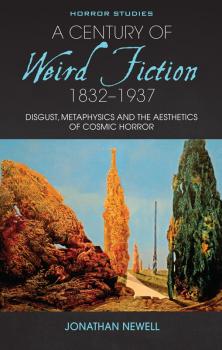ТОП просматриваемых книг сайта:
Horror Studies
Скачать книги из серии Horror StudiesАннотация
This book offers a new critical perspective on the weird that combines two ways of looking at weird and cosmic horror. On the one hand, critics have considered weird fiction in relation to aesthetics – the emotional effects and literary form of the weird. On the other hand, recent scholarship has also emphasised the potential philosophical underpinnings and implications of weird fiction, especially in relation to burgeoning philosophical movements such as new materialism and speculative realism. This study bridges the gap between these two approaches, considering the weird from its early outgrowth from the Gothic through to Lovecraft’s stories – a ‘weird century’ from 1832–1937. Combining recent speculative philosophy and affect theory, it argues that weird fiction harnesses the affective power of disgust to provoke a re-examination of subjectival boundaries and the complex entanglement of the human and nonhuman.

